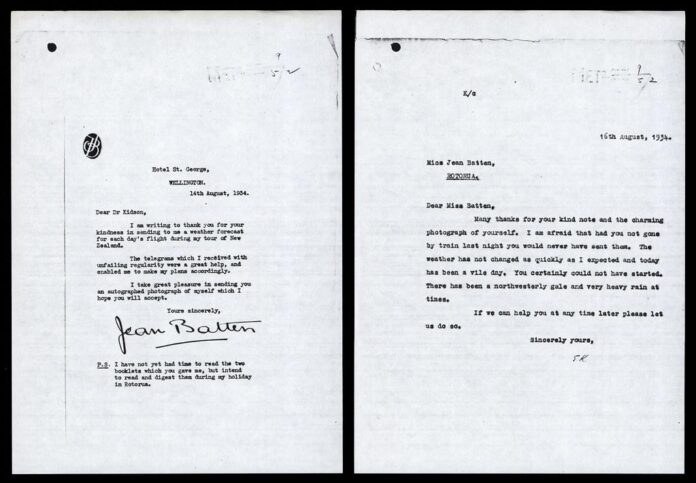
Addressing a letter may seem like a simple task, but getting it right can make a big difference. Whether you’re sending a formal business letter, a friendly note, or a special invitation, it’s important to follow proper etiquette to make a good impression on the recipient. In this step-by-step guide, we’ll walk you through the proper way to address a letter, from the salutation to the closing, so you can ensure your correspondence is both respectful and professional.
Step 1: Gather the Necessary Information
Before you begin addressing your letter, it’s important to gather all the necessary information. This includes the recipient’s full name, title, and complete mailing address. If you’re unsure of the correct information, it’s a good idea to do some research or reach out to the recipient directly to confirm the details. It’s also important to have your return address ready, as well as the date you plan to send the letter.
Step 2: Start with the Date
The first step in addressing a letter is to include the date at the top of the page. The date should be placed on the left-hand side of the page, followed by a space and then the recipient’s full name and address. If you’re using a formal business letter format, the date should be written in full, such as “June 15, 2023,” while a more casual letter may simply include the numerical date, like “6/15/23.”
Step 3: Include Your Return Address
After the date, it’s important to include your own return address. This should be placed on the left-hand side of the page, just above the date. The return address should include your full name, street address, city, state, and zip code. If you’re using letterhead stationery, your return address may already be included at the top of the page, so you can skip this step.
Step 4: Addressing the Recipient
Once you’ve included the date and your return address, it’s time to address the recipient. If you know the recipient’s full name and title, it’s best to use it in your address. For example, if you’re writing to a business associate, you might address the letter to “Mr. John Smith, CEO,” followed by the company’s name and address.
If you’re writing to someone you have a personal relationship with, such as a friend or family member, you may choose to use a more casual salutation, such as “Dear John,” followed by the recipient’s address. However, it’s always best to err on the side of formality when in doubt, especially in a professional or business setting.
Step 5: Add a Proper Salutation
Once you’ve addressed the letter, it’s time to include a proper salutation. The salutation is the greeting at the beginning of the letter, and it should be appropriate for the relationship you have with the recipient. If you’re writing to someone you know well, you might use a more casual salutation, such as “Dear John,” followed by a comma. If you’re writing to someone you’re less familiar with, it’s best to use a more formal salutation, such as “Dear Mr. Smith,” followed by a colon.
Step 6: Write the Body of the Letter
Once you’ve included the salutation, it’s time to write the body of the letter. The content of the letter will depend on the purpose of your correspondence, whether it’s a formal business inquiry, a personal note, a thank-you letter, or another type of communication. Regardless of the content, it’s important to be clear, concise, and respectful in your communication.
Step 7: Include a Proper Closing
After you’ve written the body of the letter, it’s important to include a proper closing. The closing should be appropriate for the tone and purpose of your letter. In a formal business letter, a standard closing might include “Sincerely,” followed by a comma, while a more personal letter might end with “Warm regards” or “Yours truly.” It’s also a good idea to include your full name below the closing, so the recipient knows who the letter is from.
Step 8: Proofread and Edit
Before you send your letter, it’s crucial to proofread and edit it for any errors or mistakes. Check for spelling and grammar errors, as well as any typos or inconsistencies in the content. It’s also a good idea to ensure that the tone and content of the letter are appropriate for the recipient and the purpose of your correspondence. Taking the time to proofread and edit your letter can help ensure that it’s professional, polished, and respectful.
In conclusion, addressing a letter may seem like a simple task, but it’s important to follow proper etiquette to make a good impression on the recipient. By following this step-by-step guide, you can ensure that your correspondence is both respectful and professional, whether you’re writing a formal business letter, a friendly note, or a special invitation. By gathering the necessary information, including the date and return address, addressing the recipient, including a proper salutation, writing the body of the letter, including a proper closing, and proofreading and editing, you can ensure that your letter is well-crafted and well-received.


















